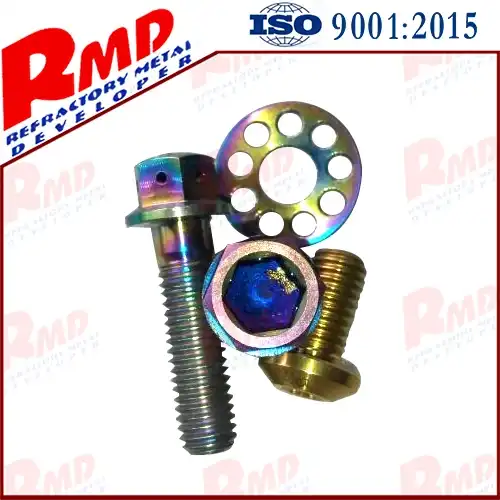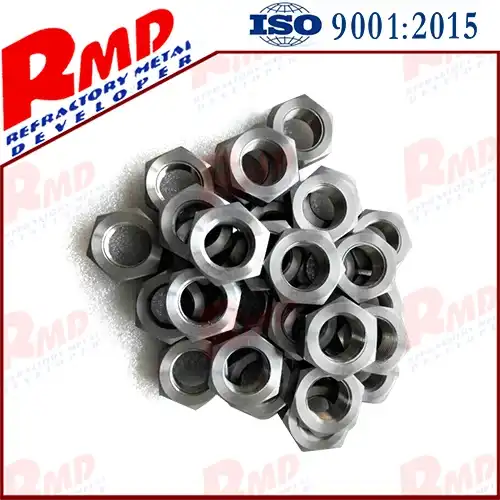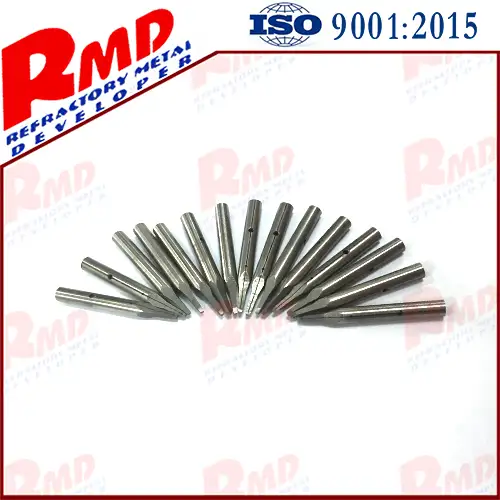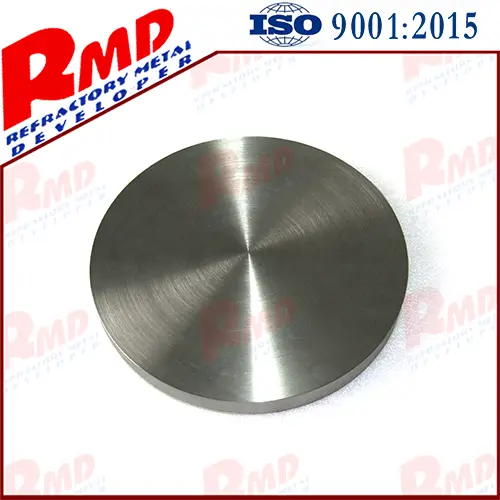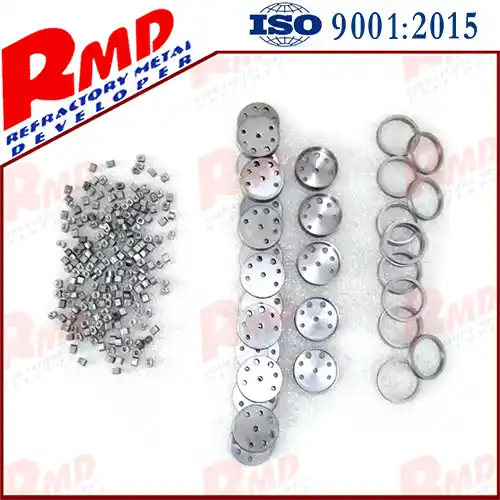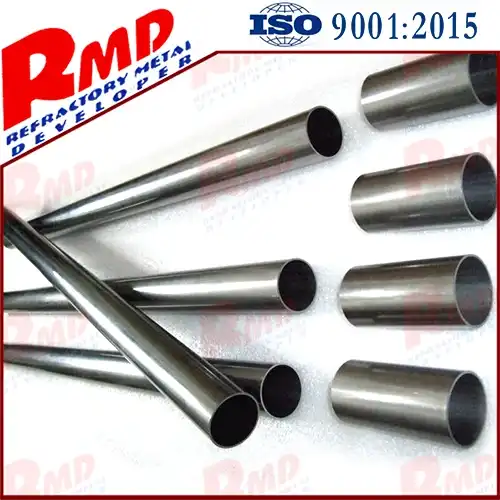- English
- French
- German
- Portuguese
- Spanish
- Russian
- Japanese
- Korean
- Arabic
- Greek
- German
- Turkish
- Italian
- Danish
- Romanian
- Indonesian
- Czech
- Afrikaans
- Swedish
- Polish
- Basque
- Catalan
- Esperanto
- Hindi
- Lao
- Albanian
- Amharic
- Armenian
- Azerbaijani
- Belarusian
- Bengali
- Bosnian
- Bulgarian
- Cebuano
- Chichewa
- Corsican
- Croatian
- Dutch
- Estonian
- Filipino
- Finnish
- Frisian
- Galician
- Georgian
- Gujarati
- Haitian
- Hausa
- Hawaiian
- Hebrew
- Hmong
- Hungarian
- Icelandic
- Igbo
- Javanese
- Kannada
- Kazakh
- Khmer
- Kurdish
- Kyrgyz
- Latin
- Latvian
- Lithuanian
- Luxembou..
- Macedonian
- Malagasy
- Malay
- Malayalam
- Maltese
- Maori
- Marathi
- Mongolian
- Burmese
- Nepali
- Norwegian
- Pashto
- Persian
- Punjabi
- Serbian
- Sesotho
- Sinhala
- Slovak
- Slovenian
- Somali
- Samoan
- Scots Gaelic
- Shona
- Sindhi
- Sundanese
- Swahili
- Tajik
- Tamil
- Telugu
- Thai
- Ukrainian
- Urdu
- Uzbek
- Vietnamese
- Welsh
- Xhosa
- Yiddish
- Yoruba
- Zulu
Crucible Produced By Powder Metallurgy Method
2024-01-05 18:00:06
The isostatic pressing-sintering method is one of the most important preparation techniques for producing tungsten crucibles today. This method mainly includes 7 processes including powder milling, charging, isostatic pressing, semi-finished product processing, sintering, finished lathe processing, and inspection. The specific steps are as follows: select the appropriate steel core and soft mold according to the crucible size, The raw material of tungsten powder is put into a soft mold and sealed with a soft plug and rubber band. The mold filled with tungsten powder is placed in a cold isostatic press for compression, and the forming pressure is generally 200-250 MPa. Then the green compact is turned, and the turning allowance of the sintered metal state is reserved according to the proportion of powder shrinkage. After the semi-finished car is processed, it can be sintered and densified. Use an intermediate frequency induction furnace to sinter the crucible at a high temperature of not less than 2 000 °C to make the density reach 18.3g/cm3. Carry out the metal crucible processing according to the customer's drawing requirements, and finally carry out the quality inspection of the appearance, size and density of the finished product. Tungsten crucible produced by powder metallurgy.

By comparing the technical indicators of tungsten crucibles prepared by the isostatic pressing-sintering method at home and abroad, it can be seen that my country's application of this method to prepare large-size tungsten crucibles has reached the international advanced level. In 2015, Zhuzhou Cemented Carbide Group Co., Ltd. produced tungsten crucibles with an outer diameter of 560mm, a height of 640 mm, a density of 18.3 g/cm3, and a finished product quality of more than 540 kg. To a new stage.
In terms of the performance of tungsten crucibles, the density of products produced by the isostatic pressing-sintering method has increased year by year. At present, the density of domestic tungsten crucibles has reached 18.3 g/cm3, and the density of tungsten crucibles is expected to reach 18.5 g/cm3 in the next few years. Uniform internal structure and good high-temperature deformation resistance will become an important inspection requirement for tungsten crucibles. The corresponding relationship between the performance of tungsten crucible and the actual application is worthy of analysis and summary by the majority of researchers and product users.
At the same time, advancing near-size forming, improving the comprehensive utilization rate of tungsten powder raw materials during the production and preparation of tungsten crucibles, and reducing the production cost as much as possible, is another important research direction in the production of tungsten crucibles in the future.
Another common sapphire single crystal production method at home and abroad-guided mold method (EFG) generally uses a sintered molybdenum crucible. Sapphire manufacturers can grow sapphire materials of various shapes according to their needs, which is also an outstanding feature of the guided mold method. The Japanese market mainly adopts the guided mold method. Representative companies include Kyocera Corporation and Namiki Precision Gem Co., Ltd., which can produce 50-100mm wafers and various special-shaped sapphire materials, which are mainly used for industrial gemstone parts and watch exteriors. Parts, LED lighting and other precision parts. In order to ensure the stability of crystal growth conditions, we have independently developed an automatic continuous feeding technology to keep the melt level in the molybdenum crucible at a constant position. The entire production process has realized automation, continuity and multiple groups of continuous growth.
The main diameter of the sintered molybdenum crucible used in the guided mold method is 300, 400, 500mm, and the single mass is above 100kg. Generally, the maximum temperature of the molybdenum crucible is required to reach 2200°C. The criteria for judging whether the sintered molybdenum crucible is qualified or not are roughly as follows: (1) Service life: It can be used continuously for more than 1000 hours; (2) Appearance: Before the end of the service life, there is no cracking, material leakage, expansion, or melting; (3) Deformation: After 200h of use, the deformation of the bottom of the crucible is below 2mm.
